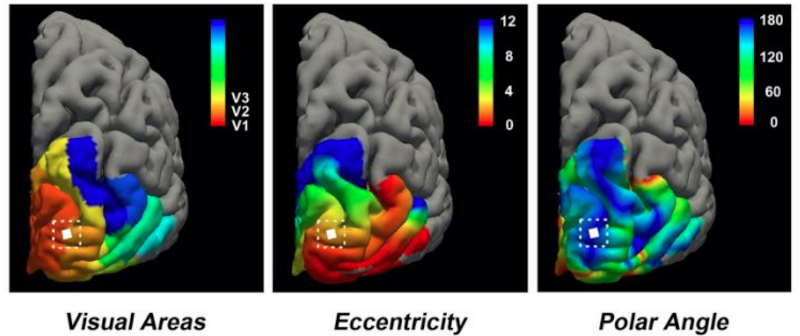
Nothing makes you appreciate your vision more than getting a little older and realizing that it used to be better and that it will probably get worse. But imagine how much more difficult it would be if you were totally blind. That was what happened to [Berna Gomez] when, at 42, she developed a medical condition that destroyed her optic nerves leaving her blind in a matter of days and ending her career as a science teacher. But thanks to science [Gomez] can now see, at least to some extent. She volunteered after 16 years to have a penny-sized device with 96 electrodes implanted in her visual cortex. The research is in the Journal of Clinical Investigation and while it is a crude first step, it shows lots of promise and uses some very novel techniques to overcome certain limitations.
The 96 electrodes were in a 10×10 grid with the four corner electrodes missing. The resolution, of course, is lacking, but the project turned to a glasses-mounted camera to acquire images and process them, reducing them to signals for the electrodes that may not directly map to the image.
After a few weeks to settle, the electrodes could cause bright spots to appear to the patient. However, she also randomly saw bright spots before the surgery, so the first task was to teach her to distinguish between the normal flashes and the ones from the electrodes. In the end, the patient was able to differentiate horizontal from vertical lines and identify some letters.
The processing is not only necessary to accommodate the low resolution, but also to overcome some limitations in the electrodes. For example, activating two neighboring electrodes at once tended to create a single spot a little brighter than the normal spot. In addition, only 88 of the electrodes caused visualization in the patient, so any scheme had to map around the “dead pixels.”
While we don’t think brain prosthesis design is a wise area for hacking, it does point to future possibilities as science learns more about how to feed input right to our brains. Imagine a VR headset that could just draw images on your visual cortex, bypassing lenses and your eyeballs.
There have been many attempts to provide some level of sight to the blind. If you don’t have the stomach for brain surgery, you can always focus on accessibility devices.
No comments:
Post a Comment